Many people believe that working harder and longer leads to better results. However, research shows that strategic breaks are essential for maintaining focus, productivity, and overall well-being. When used correctly, breaks prevent burnout, improve creativity, and enhance performance in both work and personal life.
This article explores why breaks are crucial, how they affect brain function, and how to incorporate them effectively into your daily routine for maximum productivity.
Why Breaks Are Essential for High Performance
Our brains are not designed to focus for long periods without rest. Studies show that prolonged work without breaks leads to mental fatigue, reduced efficiency, and lower-quality work.
| Benefit of Taking Breaks | How It Boosts Performance |
|---|---|
| Restores mental energy | Prevents burnout and improves concentration |
| Enhances problem-solving | Boosts creativity and decision-making |
| Improves memory retention | Helps absorb and process new information |
| Reduces stress | Lowers cortisol levels and enhances well-being |
Taking breaks is not laziness—it’s a productivity strategy that helps you work smarter, not harder.
How Breaks Improve Brain Function and Focus
Breaks work by resetting the brain’s attention system. According to neuroscience research, the brain operates in two modes:
✅ Focused Mode – When you actively work on a task.
✅ Diffuse Mode – When you relax and let ideas flow in the background.
When you take breaks, your brain switches to diffuse mode, which helps process information, make creative connections, and solve problems faster.
Signs That You Need a Break
If you experience any of the following, it’s time to pause:
- Mental fog – Difficulty concentrating or making decisions.
- Slower work speed – Tasks take longer than usual.
- Frequent mistakes – More errors due to fatigue.
- Irritability or frustration – Small problems feel overwhelming.
Ignoring these signs can lead to burnout, reduced motivation, and decreased efficiency.
The Science of Breaks: How Long and How Often?
Not all breaks are created equal. The key is timing them correctly to maximize benefits.
| Break Type | Work Duration | Break Length | Best For |
|---|---|---|---|
| Microbreaks | Every 25-50 minutes | 5-10 minutes | Quick energy reset |
| Pomodoro Technique | 25 minutes | 5 minutes | Maintaining focus |
| Deep Work Breaks | 90 minutes | 15-30 minutes | Long creative tasks |
| Movement Breaks | Every 1-2 hours | 10-15 minutes | Physical refreshment |
Studies show that the ideal focus time is 90 minutes, followed by a 15-minute break. This cycle aligns with the brain’s ultradian rhythms, natural energy waves that affect performance.
Types of Breaks That Enhance Productivity
Not all breaks are effective. Scrolling social media or checking emails doesn’t help your brain recharge. Instead, choose high-quality breaks that restore energy and creativity.
1. Physical Movement Breaks
Sitting for long periods reduces blood flow and decreases energy. Movement-based breaks increase circulation and mental alertness.
✅ Effective Movement Breaks:
- Stretching or walking for 5-10 minutes.
- Doing light exercises like jumping jacks or squats.
- Standing up and moving around to prevent stiffness.
2. Mental Refresh Breaks
These breaks give your brain a rest from intense concentration, helping you return with a fresh perspective.
✅ Examples:
- Meditating for 5 minutes.
- Listening to relaxing music.
- Doing deep breathing exercises.
3. Social Interaction Breaks
Taking short breaks to chat with colleagues, friends, or family boosts mood and creativity.
✅ Best Social Breaks:
- Engaging in light conversation.
- Sharing ideas or brainstorming with someone.
- Having a quick phone call with a friend.
4. Nature Breaks
Spending time in nature reduces stress, increases focus, and enhances creative thinking.
✅ Ideas for Nature Breaks:
- A short walk outside.
- Looking at plants or greenery.
- Sitting in natural light for a few minutes.
Even a few minutes in nature can significantly improve mental clarity.
How to Integrate Breaks into Your Daily Routine
1. Use the Pomodoro Technique
One of the most popular break strategies is the Pomodoro Technique, which follows this structure:
- Work for 25 minutes.
- Take a 5-minute break.
- Repeat 4 times, then take a longer 15-30 minute break.
This method helps maintain focus while ensuring consistent energy levels throughout the day.
2. Schedule Breaks Like Meetings
If you don’t schedule breaks, you’ll likely skip them. Treat breaks like important appointments in your calendar.
✅ Example Schedule:
| Time | Activity | Break Type |
|---|---|---|
| 9:00 AM – 10:30 AM | Deep work session | 15-minute walk |
| 11:00 AM – 12:00 PM | Emails and calls | 5-minute meditation |
| 2:00 PM – 3:30 PM | Creative work | Social break |
| 4:00 PM – 5:00 PM | Administrative tasks | Stretching break |
By planning breaks in advance, you avoid burnout and stay consistently productive.
3. Use a “Break Trigger” to Make It a Habit
If you struggle to take breaks, use habit stacking—attach breaks to existing habits.
✅ Examples of Habit Stacking for Breaks:
- After completing a task, take a deep breath and stretch.
- After finishing a meeting, stand up and walk for 5 minutes.
- After working for 90 minutes, step outside for fresh air.
Linking breaks to daily actions makes them automatic.
What Happens When You Don’t Take Breaks?
Ignoring breaks might seem productive, but it actually leads to:
🚫 Reduced focus – The brain gets overloaded, making it harder to concentrate.
🚫 Increased mistakes – Mental fatigue leads to poor decision-making.
🚫 Higher stress levels – Without pauses, stress builds up, causing anxiety.
🚫 Burnout – Constant work without breaks results in long-term exhaustion.
Taking strategic breaks prevents these problems, keeping you mentally sharp and motivated.
Final Thought: Breaks Are a Productivity Tool, Not a Distraction
Many people feel guilty about taking breaks, thinking they’re wasting time. But in reality, breaks are one of the most powerful productivity tools available.
By incorporating strategic, high-quality breaks into your routine, you will:
✅ Improve focus and efficiency.
✅ Enhance creativity and problem-solving.
✅ Prevent burnout and maintain long-term success.
The next time you feel tired or unmotivated, don’t push through—step back, recharge, and come back stronger.


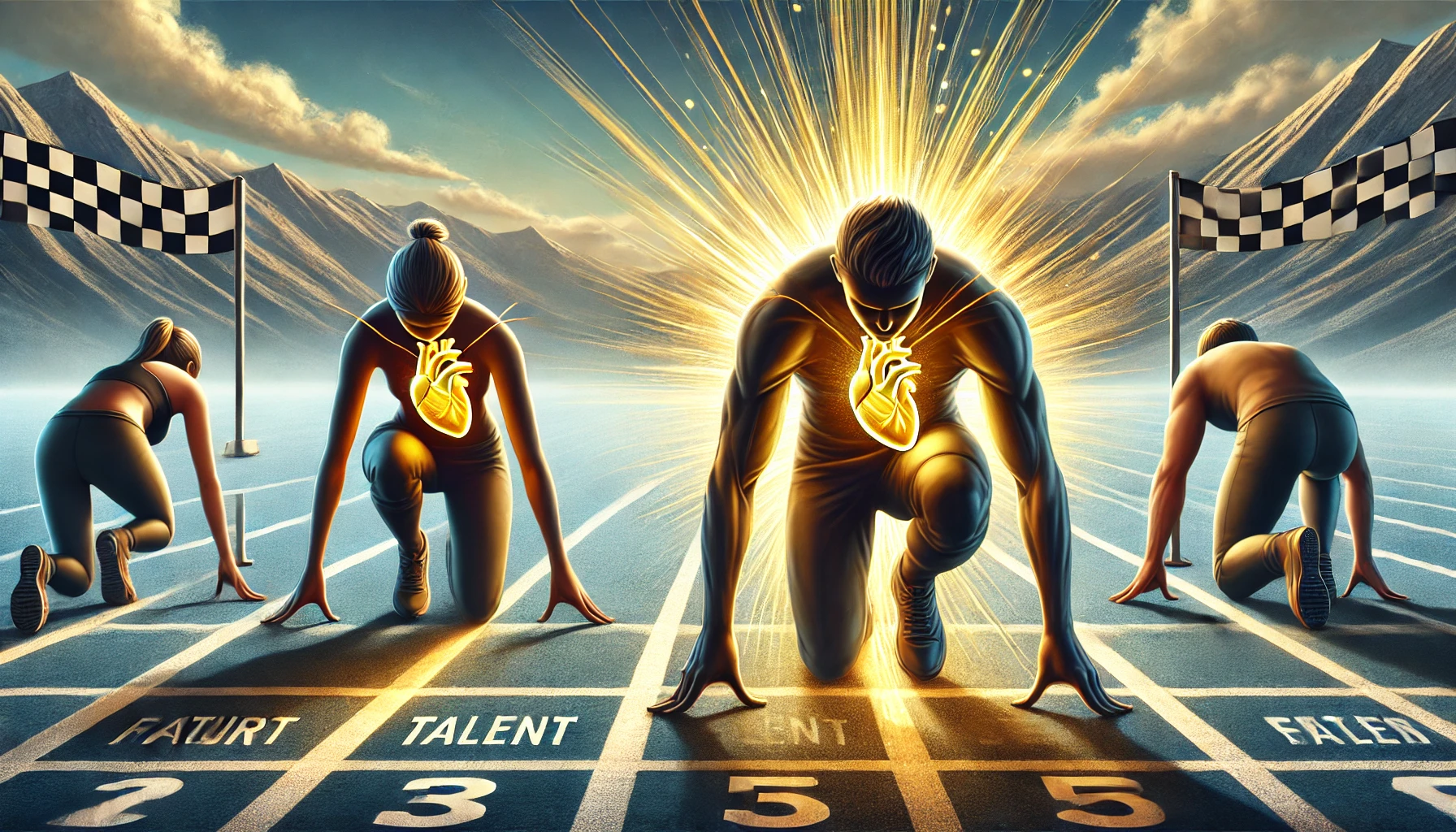
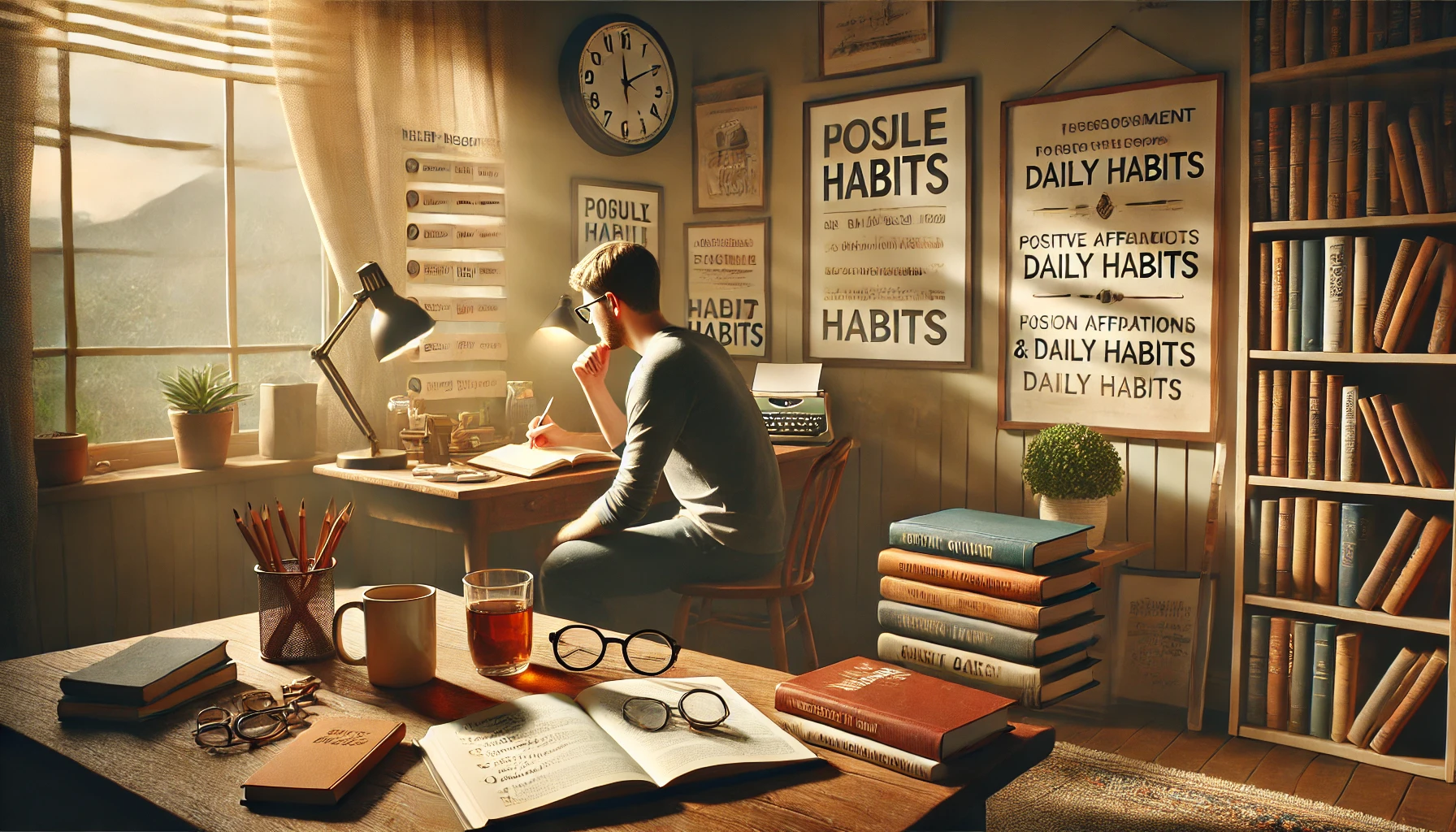
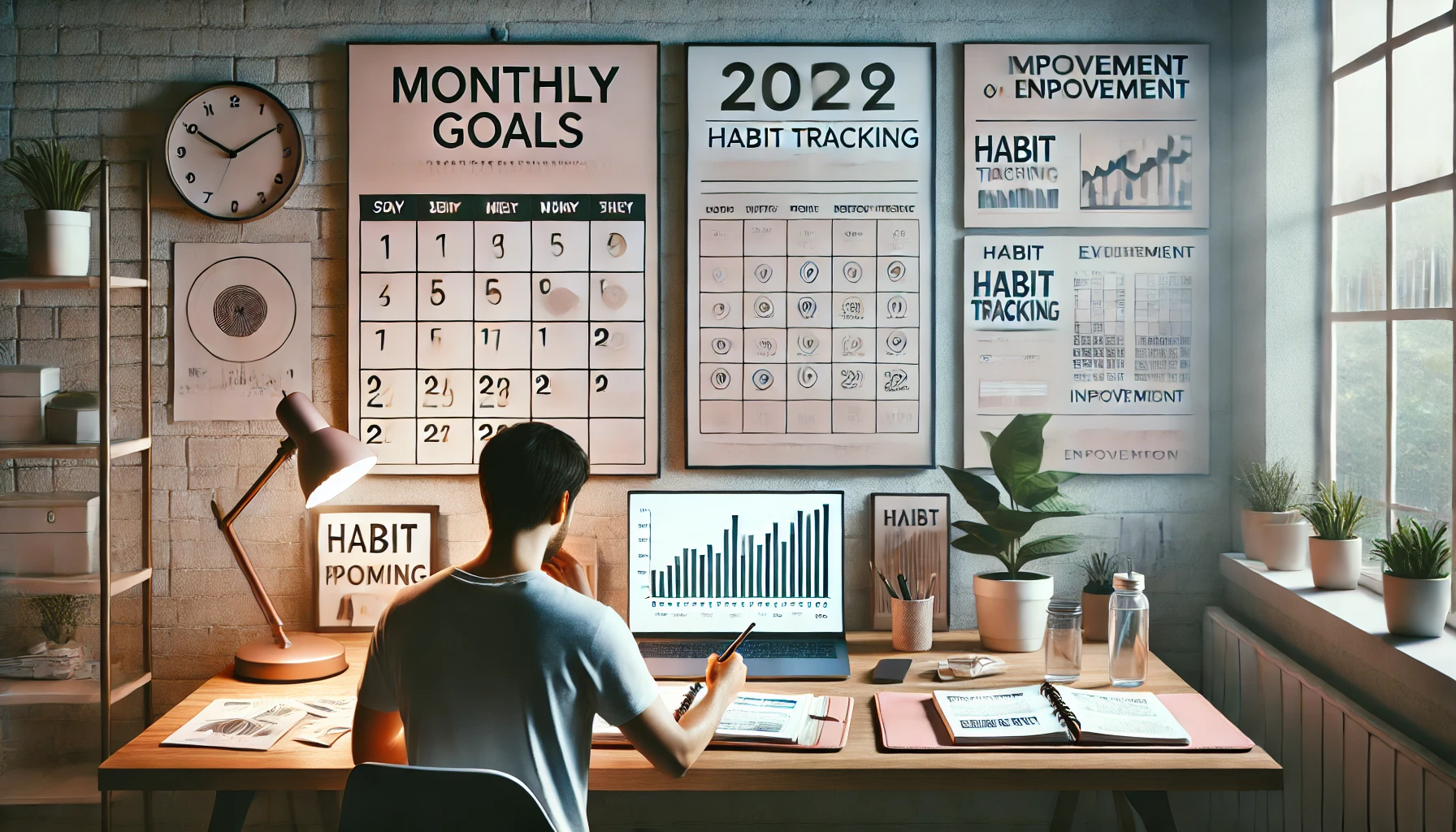
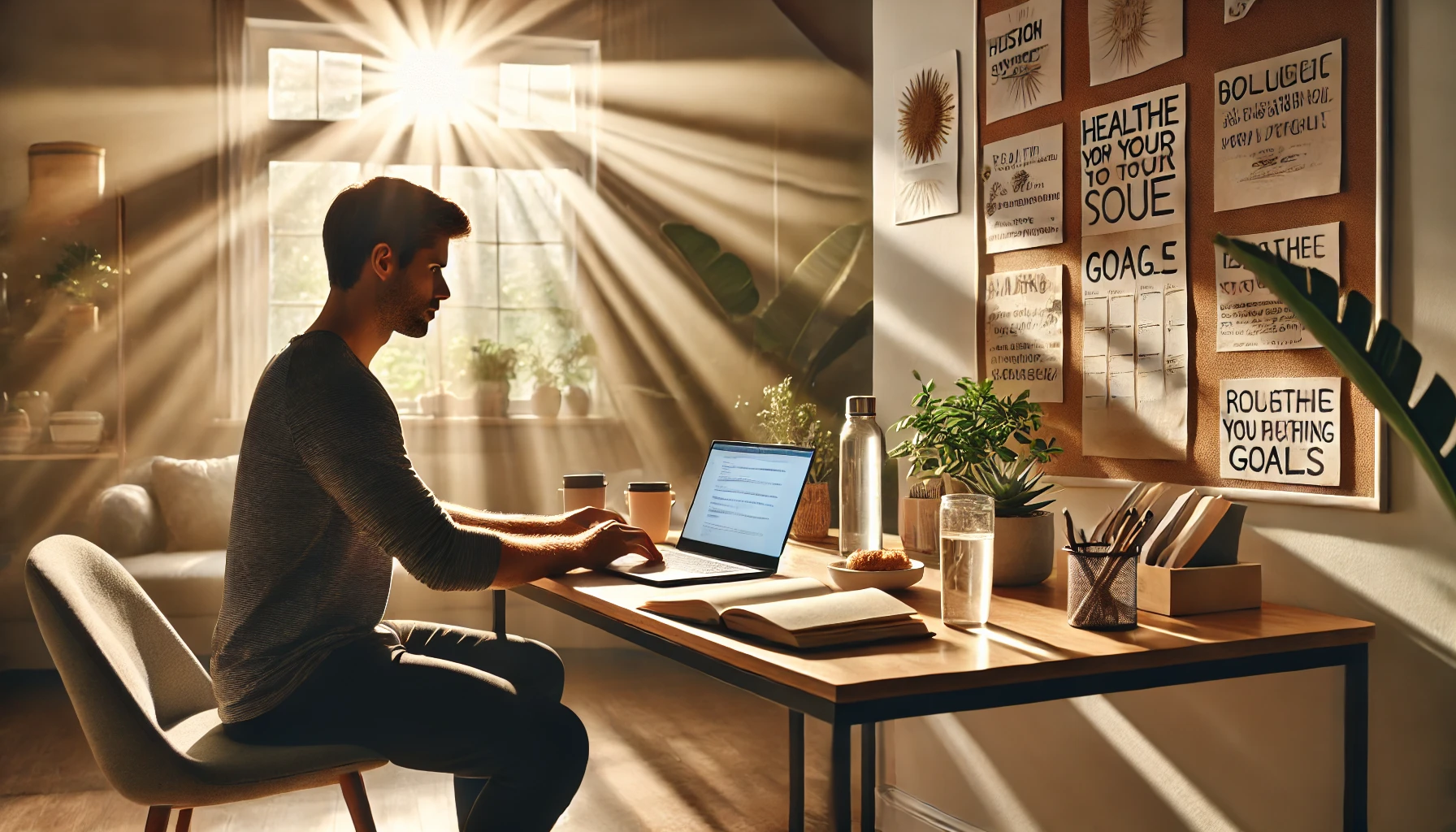
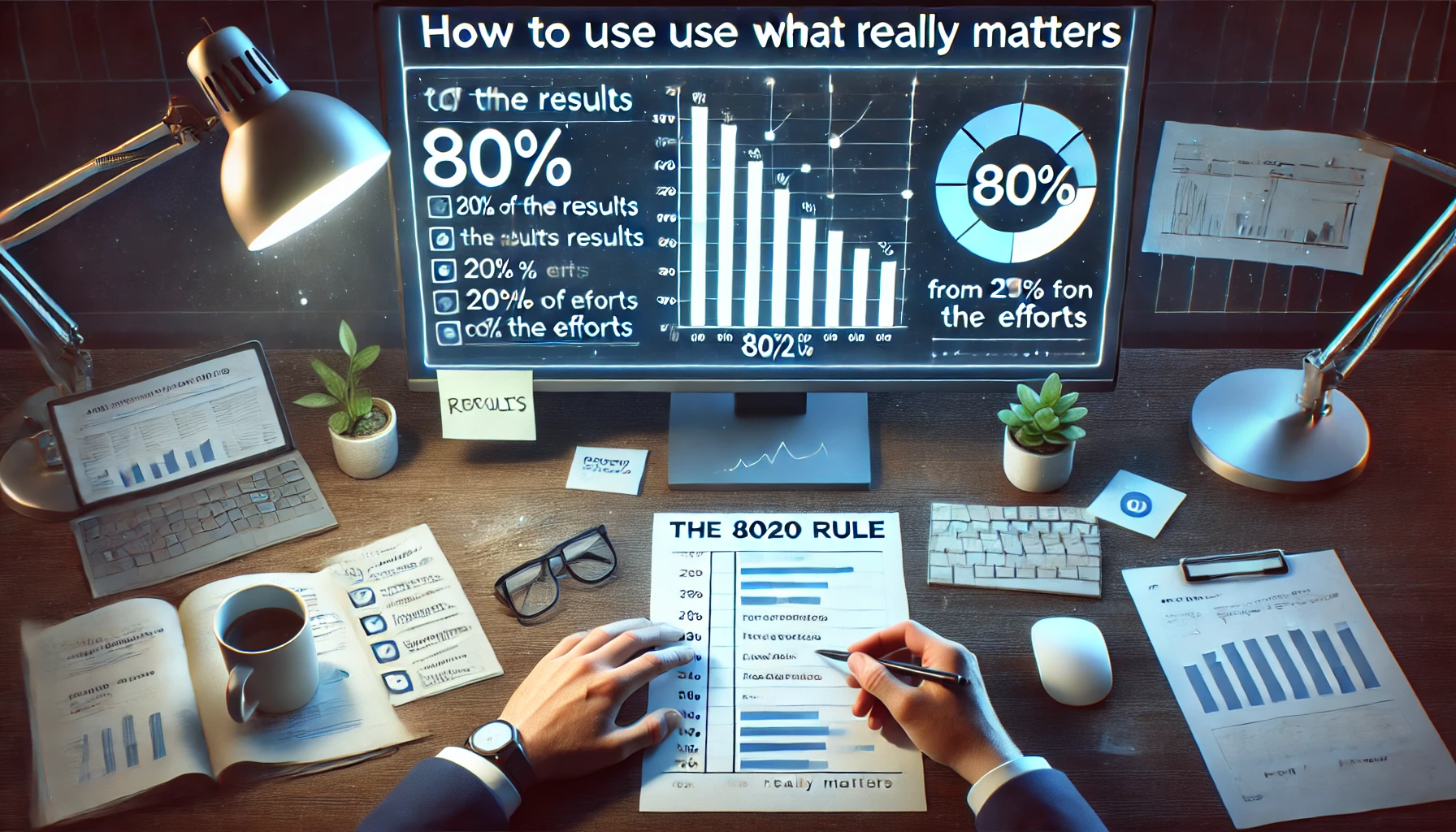
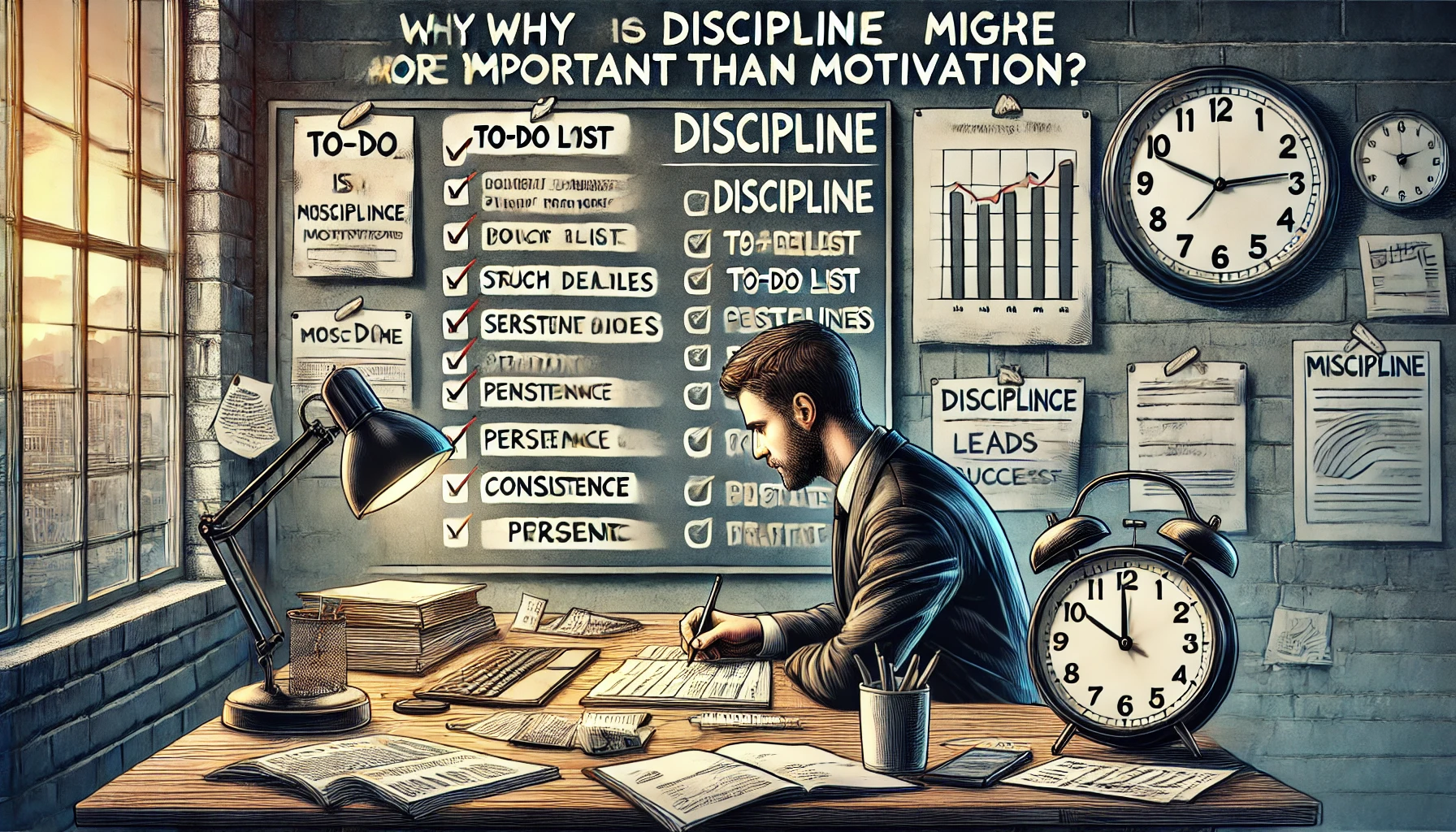
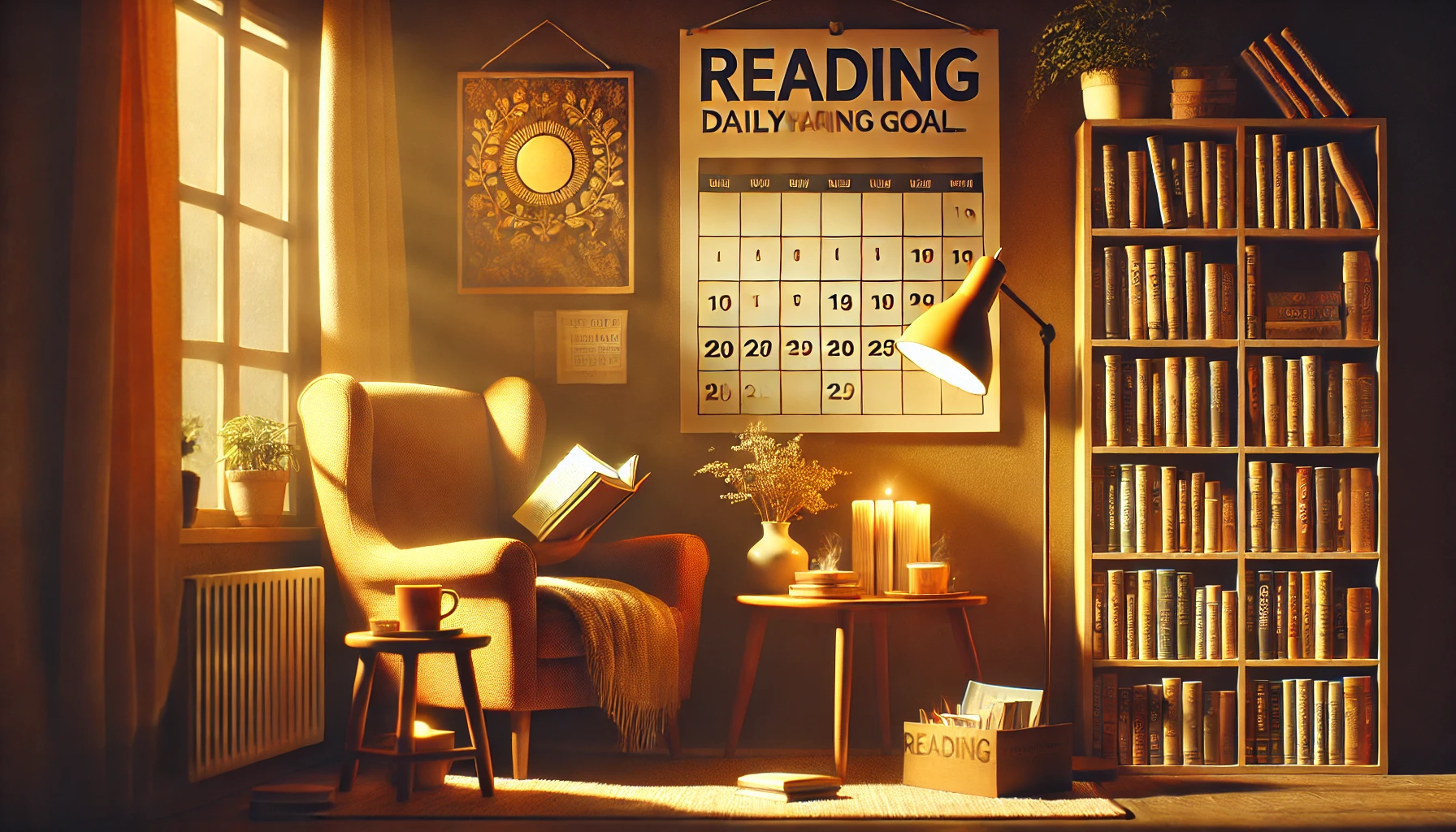
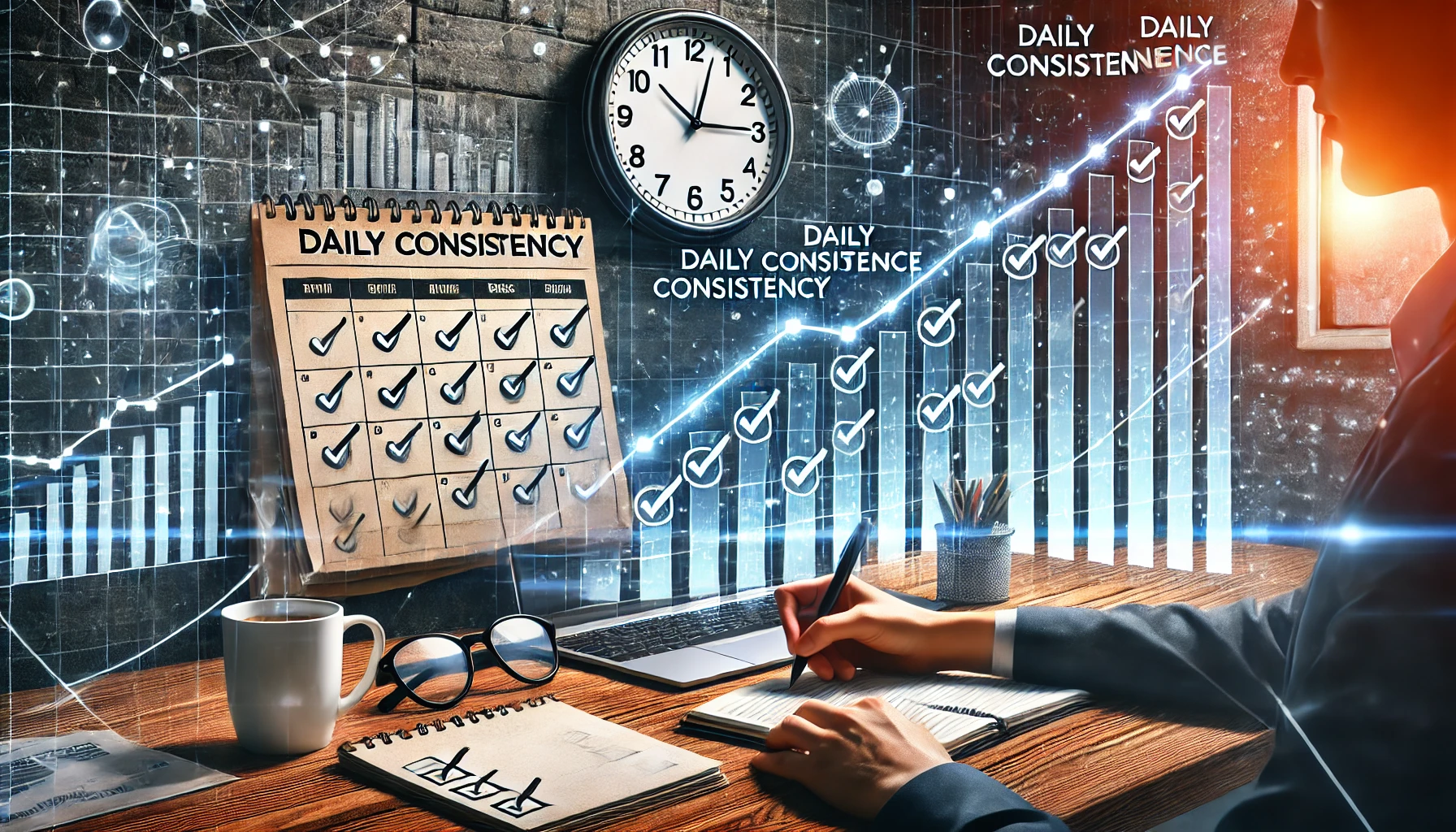
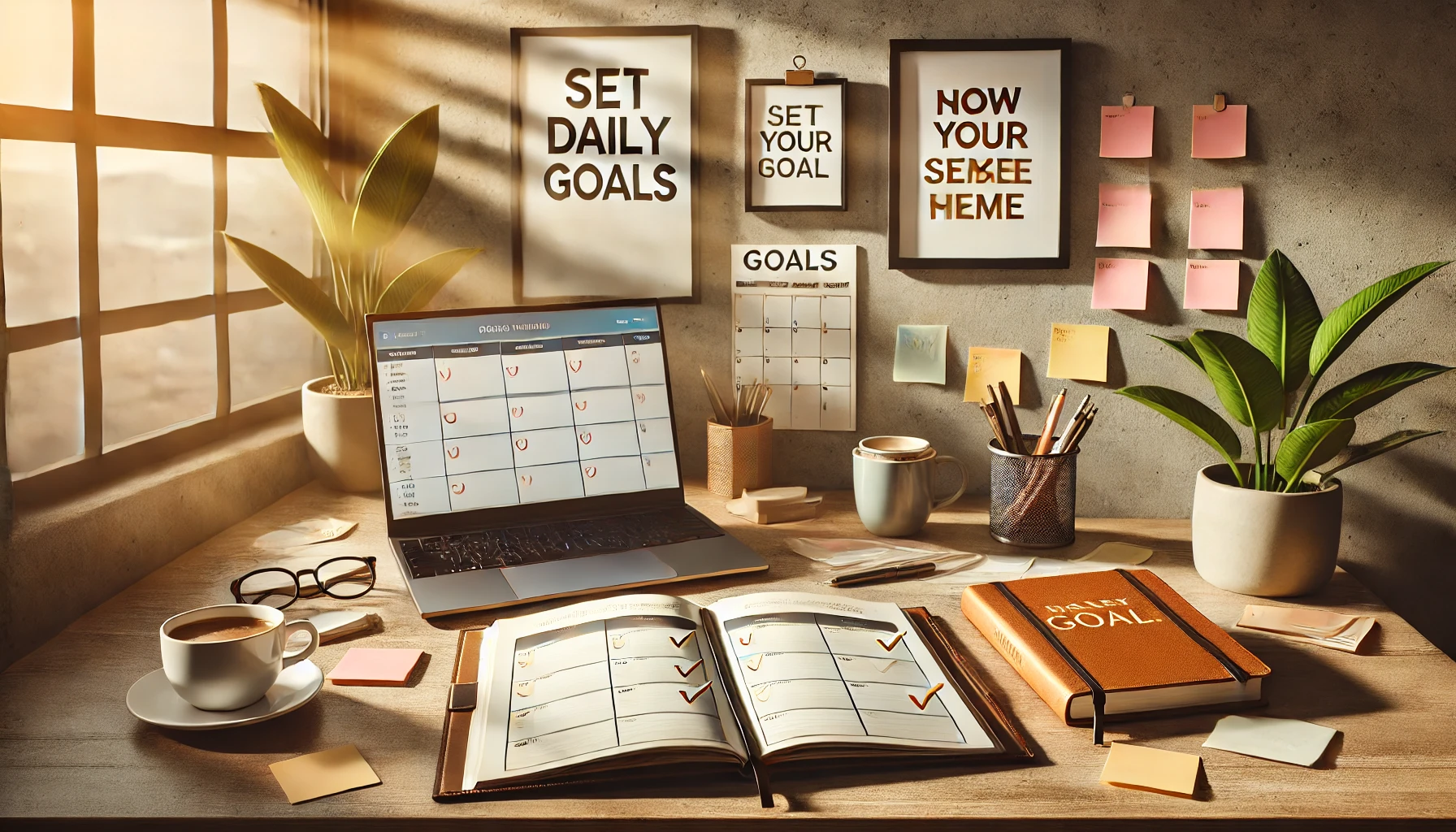
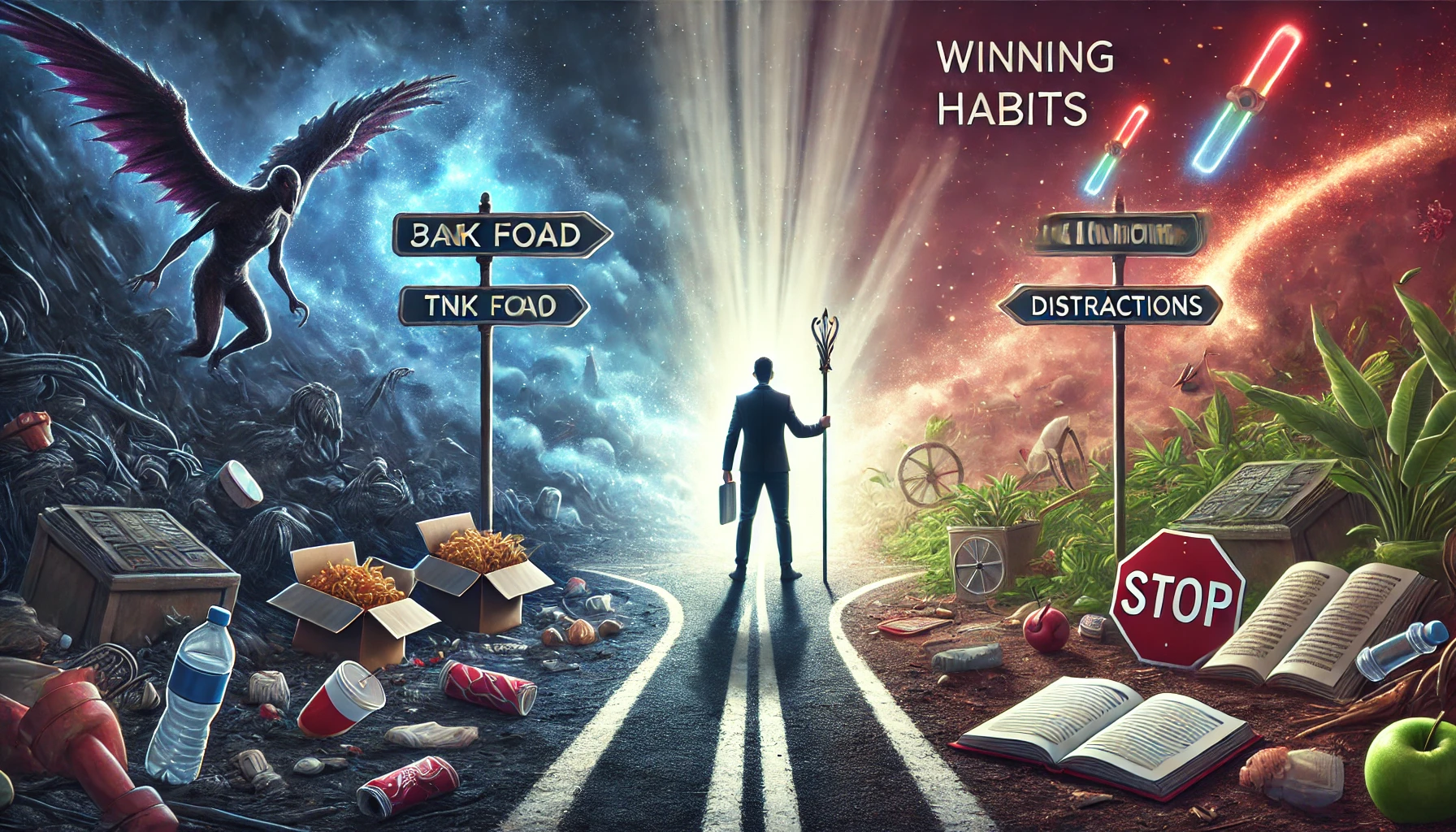
Leave a Reply